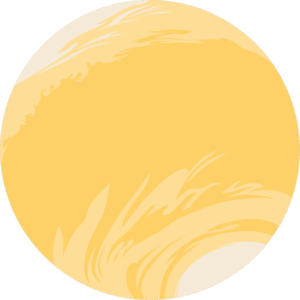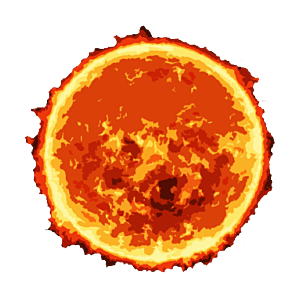The Downlink • Apr 29, 2022
Surreal solar sights
Space Snapshot

It’s not uncommon to spot the International Space Station as a light moving across the sky just after sunset or before sunrise, when the Sun’s light reflects off it. The view you see here, though, is far from common. Chinese astrophotographer Wang Letian used a solar telescope and specialized camera to capture this series of photos, combined into a single image of the ISS passing in front of the Sun. You can see several gaseous prominences around the edge of the Sun as well as a dark sunspot. Image credit: Wang Letian.
You love space, now take action
This weekly newsletter is your toolkit to learn more about space, share information with your friends and family and take direct action to support exploration. Anyone can subscribe at planetary.org/connect to receive it as a weekly email.
Mission Briefings


NASA’s OSIRIS-REx officially has another mission. After dropping off a sample of asteroid Bennu, OSIRIS-REx will adopt a new name — OSIRIS-APEX — and jet off to a new asteroid destination. The spacecraft will study this second asteroid, Apophis, for 18 months. Several other NASA missions were also recently extended, including MAVEN, InSight, Lunar Reconnaisance Orbiter (LRO), Mars Science Laboratory, New Horizons, Mars Odyssey and Mars Reconnaissance Orbiter (MRO).

The all-private Ax-1 crew is safely back on Earth. Though they experienced several days of delays due to inclement weather, the four Ax-1 astronauts finally splashed down in the Atlantic Ocean off the coast of Jacksonville, Florida. The crew reportedly conducted more than 25 science experiments during their time aboard the International Space Station, working on behalf of their partners, which included the Mayo Clinic and Montreal Children’s Hospital.
From The Planetary Society


Will YOU take your place in space today? We need 500 new members by May 15 to change the future of space exploration! Join Today!

Do we need to send humans into space? Won't robots soon be smart enough and capable enough to do this dangerous work for us? These and other questions are explored by Martin Rees, Britain's Astronomer Royal, and astrophysicist Don Goldsmith in their thought-provoking new book, "The End of Astronauts: Why Robots are the Future of Exploration." They present their arguments on the April 27 edition of Planetary Radio.
What's Up

Super bright Venus is very close to bright Jupiter in the pre-dawn east with reddish Mars and yellowish Saturn to their upper right. On April 30, a partial solar eclipse is visible from southern South America. Learn more at planetary.org/night-sky.
You’re invited to the Human to Mars Summit

Register for the 2022 Humans to Mars Summit, an Explore Mars event, happening May 17-19, 2022, at George Washington University in Washington D.C. Members receive 10% off using the code PlanetarySocietyMARS.
Humans to Mars is the largest annual conference in the world focused on the achievable and sustainable human exploration of Mars.The Planetary Society’s Mat Kaplan will be there alongside experts and luminaries from the space sector.
Wow of the Week

This is what a year of skywatching yields. Throughout 2021, astronomer Cees Bassa used an all-sky camera to take an image of the sky over the Netherlands every fifteen minutes. Combined into what’s known as a keogram, the images show the daytime sky (mostly blue, with more white on cloudy days) and nighttime sky (mostly black, with more white on moonlit nights) progressing horizontally each day, stacked vertically to show the entire year. You can see the changes in the length of the days and nights throughout the year taking the shape of an hourglass. Image credit: Cees Bassa/Netherlands Institute for Radio Astronomy.
Share your artwork with us!
We love to feature space artwork in the Downlink. If you create any kind of space-related art, we invite you to send it to us by replying to any Downlink email or writing to [email protected]. Please let us know in your email if you’re a Planetary Society member!


 Explore Worlds
Explore Worlds Find Life
Find Life Defend Earth
Defend Earth


